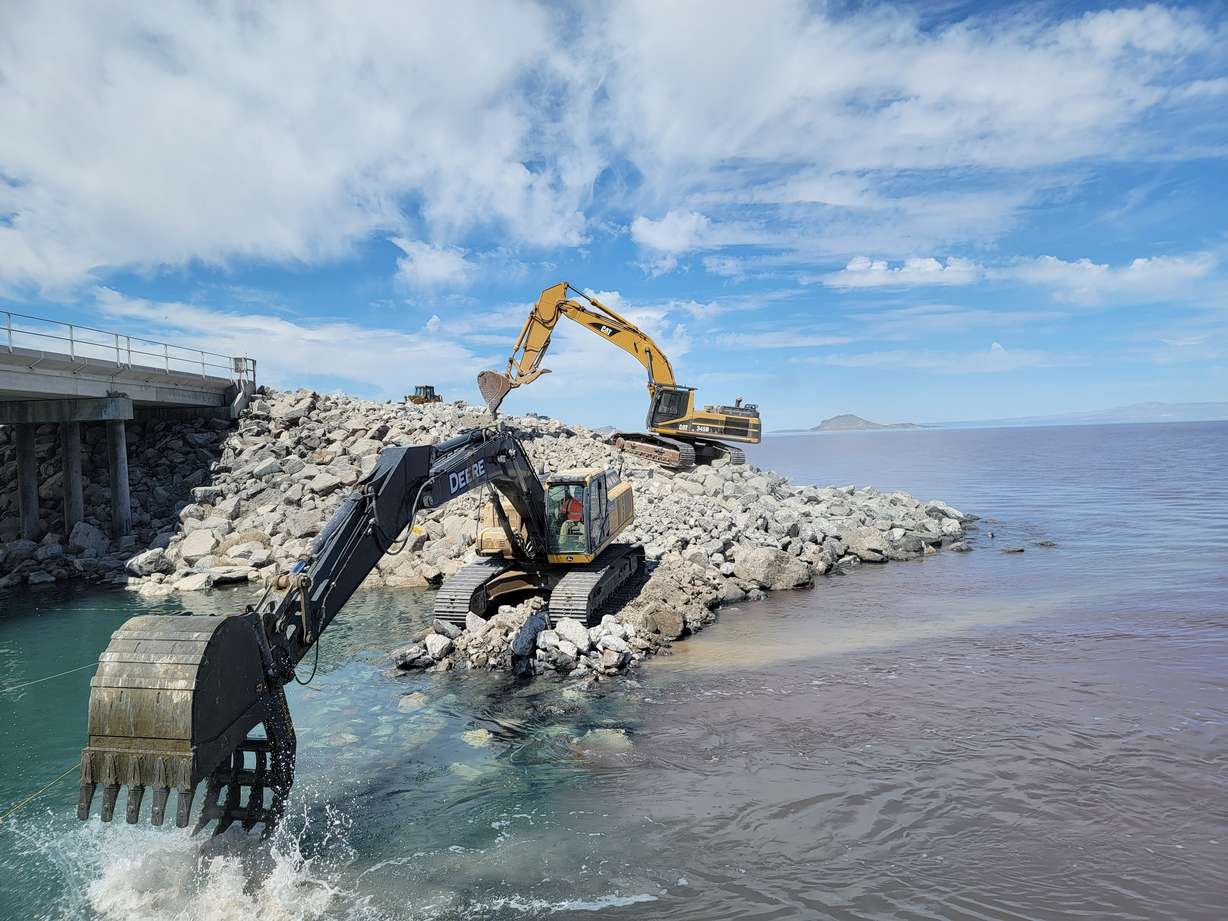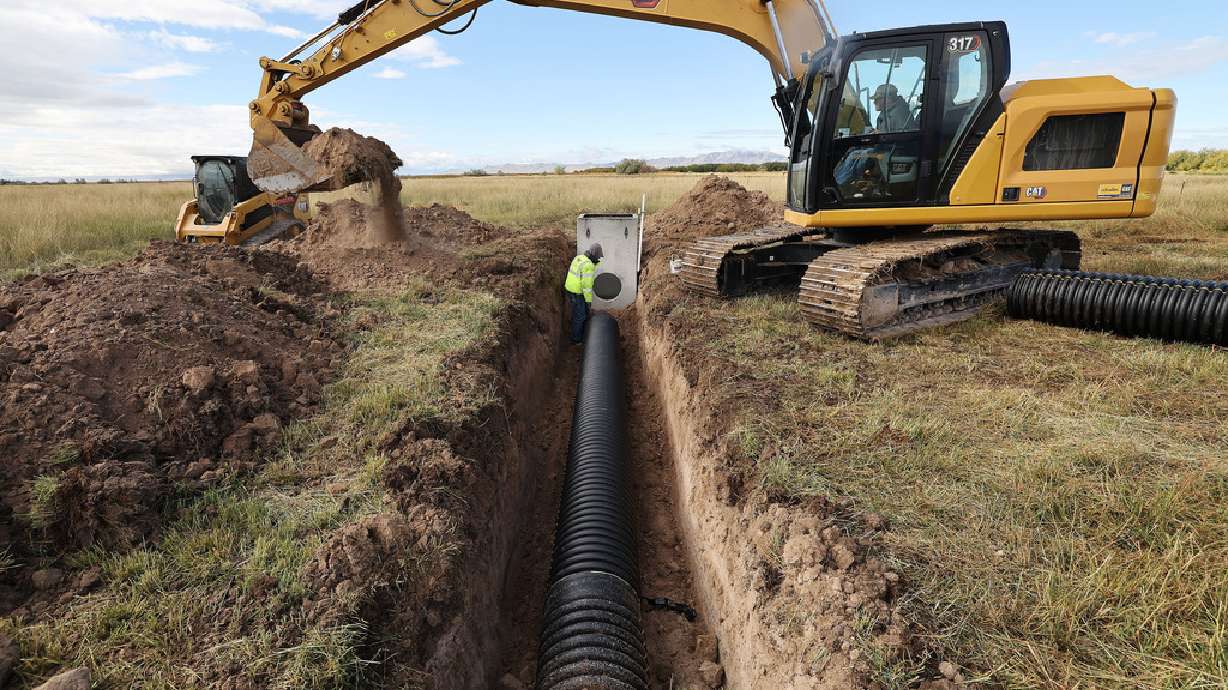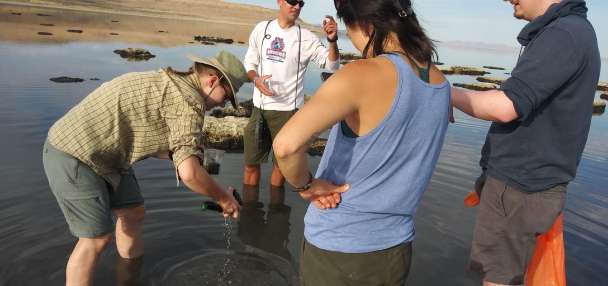Estimated read time: 3-4 minutes
This archived news story is available only for your personal, non-commercial use. Information in the story may be outdated or superseded by additional information. Reading or replaying the story in its archived form does not constitute a republication of the story.
Editor's note: This article is published through the Great Salt Lake Collaborative, a solutions journalism initiative that partners news, education and media organizations to help inform people about the plight of the Great Salt Lake.
SALT LAKE CITY — Utah leaders have, in recent years, put millions of dollars into water leasing and agricultural water optimization programs to put more water into the struggling Great Salt Lake and avoid the major environmental hazards that its demise would ignite.
The problem that quickly emerged, however, is there aren't enough tools in place to accurately track how much water was being saved and if that water ended up in the Great Salt Lake.
"We do not have the ability to track, monitor and measure the water that we have committed (to the lake) and the water that we have identified and utilized with taxpayer funds," said Utah House Majority Assistant Whip Casey Snider, R-Paradise.
That could soon change. Snider, who had voiced his concerns with that issue before this year's legislative session, is asking the state for nearly $6.3 million in one-time funds and almost $3.6 million in ongoing funds to provide the Utah Division of Water Rights money to install more stream flow and water diversion gauges to track water within the Great Salt Lake watershed.
He's also seeking another $6.1 million in one-time spending and $400,000 in ongoing funds to help the division improve its overall water use data management, noting it would address "the most critical issue" brought up in a recent water management audit.
The plan would essentially expand work already conducted at Utah State University. Researchers were able to piece together a system to track the Logan River, including any time water is pulled out of it through any diversion project.
Snider told members of the Natural Resources, Agriculture and Environmental Quality Appropriations Subcommittee Thursday that the funding he's requesting could do the same for other bodies of water, especially tributaries of the Great Salt Lake.
"If we're going to give our constituents and the public the full confidence they deserve as it relates to the Great Salt Lake and the work there, we need to have this sort of system in place," he said. "These two (requests) are separate, but they are very much conjoined."
Neither request was included in Gov. Spencer Cox's proposed budget, but Teresa Wilhelmsen, Utah's state engineer and director of the Utah Division of Water Rights, said it would address the need underscored by an audit the state released in November.
A fix to the Great Salt Lake Causeway?
That's not the only item that could impact the Great Salt Lake. Utah land managers are also considering a way to change how they manage the north and south arms of the lake at the barrier dividing the two.
Snider requested $500,000 for engineering to reconstruct the Union Pacific Causeway that splits the lake into two arms, on behalf of the Utah Division of Forestry, Fire and State Lands.
The causeway included a form of breach when it opened in 1959, but a new one was completed in 2016 that connects the lake. However, as the lake shrank to record lows in recent years, the state closed off this breach as the north arm's saltier water moved into the southern arm, causing new problems for the lake.

What the division is considering is a system that could replace this altogether. The project would essentially remove the breach and install a type of aqueduct underneath the structure instead.
"You could actually put that hypersaline water under the freshwater or vice versa, depending on you operated that infrastructure," he said. "You could equalize lake levels without increasing evaporation."
The funding requested would help study the feasibility of the idea and determine how much it would cost before any construction could begin. The Utah Legislature has until March 1 to determine what projects do receive funding in the 2025 fiscal year budget.










